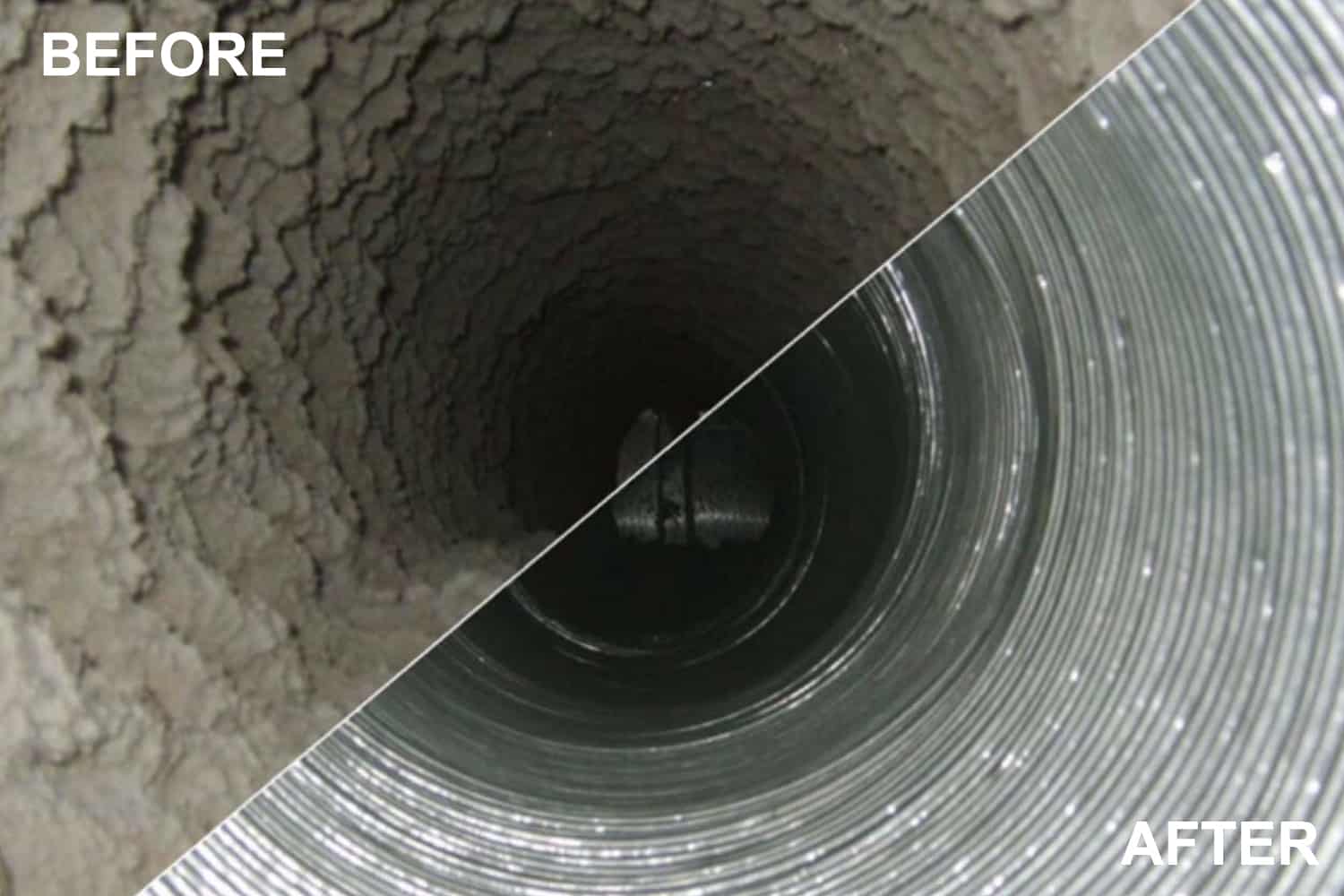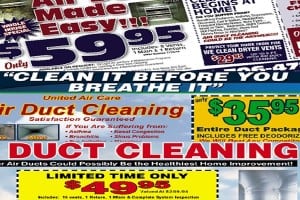For anyone who uses an open fire or wood-burning stove consistently, there will inevitably be a build-up in their chimney as a result of the compounds that are released into the air as part of the burning process. These compounds collectively are called creosote. They are generated regardless of the kind of wood used to make a fire, though different burning conditions will result in different forms of creosote being deposited. Creosote clings to the sides of the chimney, creating a potential fire hazard. Particularly dangerous and hard to remove is creosote which forms a sticky tar.
A Creosote Sweeping Log (CSL) contains minerals which actively help to dry out the creosote and tar, which subsequently reduces the risk of fire, and still enables the homeowner to enjoy the benefits of their fire during the cleaning process. It is essential to understand that a Creosote Sweeping Log is not a replacement for having a chimney professionally cleaned, but it can deliver benefits and help reduce the risk of a fire in the period between professional chimney cleanings. It can also make cleaning a chimney using physical methods easier and more effective.
How Does A Creosote Sweeping Log Work?
- The first piece of advice to anyone contemplating using a Creosote Sweeping Log is to light a wood fire first. The wood fire will heat the tar within the chimney as well as improve the draft, which is essential for the chemicals released in the burning of the CSL to be distributed well so they can do their work. On average, a CSL will burn for 90 minutes.
- As the CSL burns, it releases smoke containing specific chemicals. These additives then attach themselves to the creosote deposits as they rise up the chimney or flue. As a consequence, the creosote deposits are slowly reduced and the likelihood of the creosote being able to cause a chimney fire is diminished, which in turn makes using the fire significantly safer.
- The benefits derived from using a Creosote Sweeping Log continue to develop for about two to three weeks after it is burned as the CSL additives continue their work. Be aware if you have an open fireplace that there is a possibility that some of the creosote may fall back down the chimney into the fireplace.
- The final benefit of using a Creosote Sweeping Log is that when the time comes to have your chimney swept, the chimney will be able to be cleaned much more effectively because there is not such an extensive build-up of creosote. In addition, much of the tar present is rendered easier to remove.
Is a Creosote Sweeping Log Compatible With All Types of Chimney?
Creosote Sweeping Logs are compatible with fireplaces, wood stoves, fireplace inserts, gas starter fireplaces, wood/coal stoves, wood/oil mixed boilers, and wood furnaces. They should never be used with BBQs, gas logs, electrical appliances, oil stoves, or pellet stoves.
Because the majority of chimney issues are out of sight, it can be very easy to forget about regular maintenance and cleaning. A CSL can be a helpful part of that process. But remember that a CSL is not meant to replace a professional chimney cleaning, but to supplement it. We will discuss this further in our next blog.
Before you begin using your fireplace for the winter, make sure you are doing so safely. Using a CSL can be helpful, but give us a call to schedule a professional chimney cleaning, as well.








 In most cases of SBS (
In most cases of SBS (
 Beware Low prices
Beware Low prices the door. Once inside your home, they perform minimal work and then offer you upgrades to the service for additional fees. Note that even if you give in to their schemes and pay for the up-sells, you still won’t get quality work done.
the door. Once inside your home, they perform minimal work and then offer you upgrades to the service for additional fees. Note that even if you give in to their schemes and pay for the up-sells, you still won’t get quality work done.